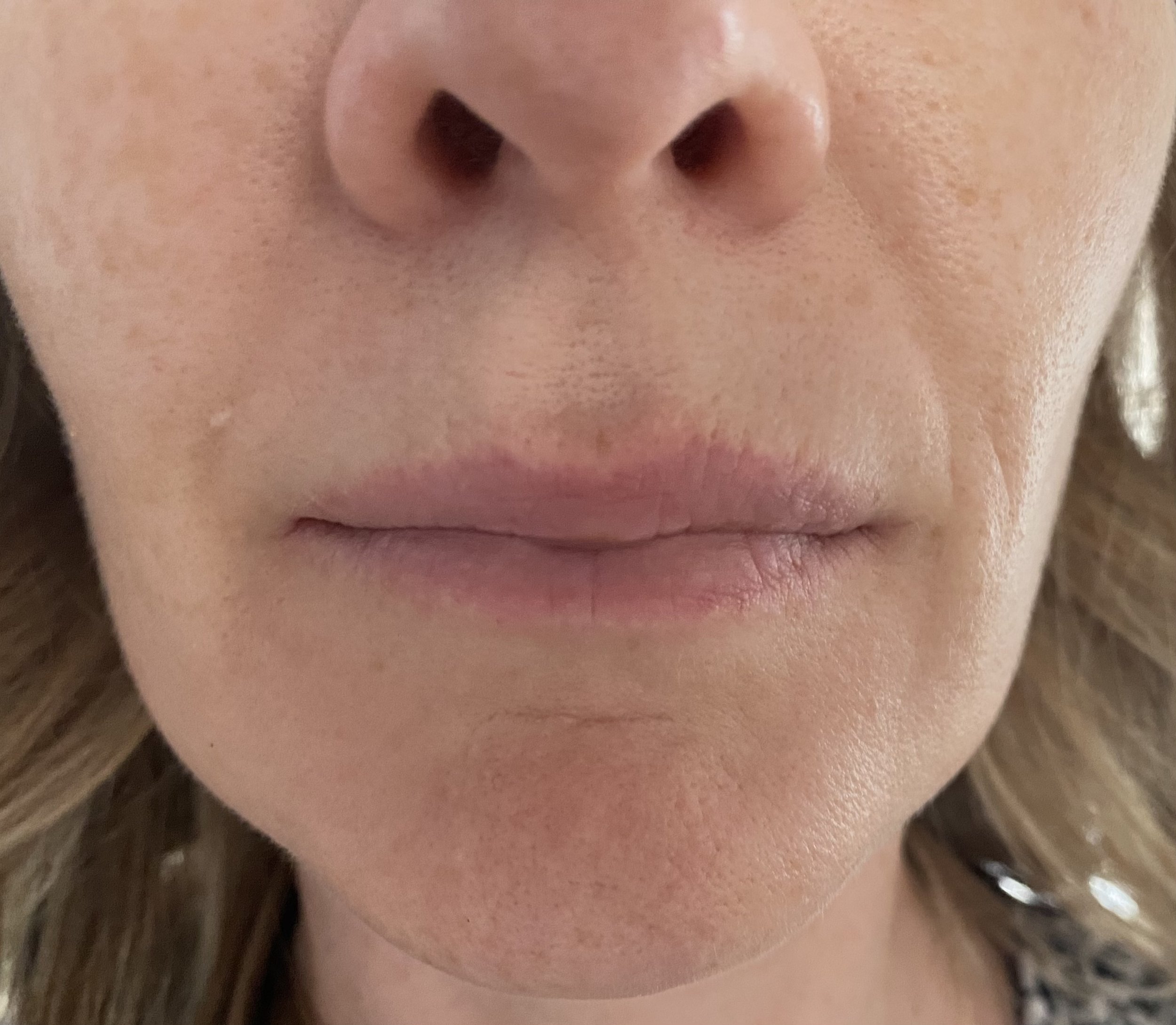the plague of POD
This year I have noticed a dramatic increase in patients presenting with peri-oral dermatitis (POD). So much so, that I consider it the plague of the modern woman, and I am ashamed to admit that yours truly also succumbed!
This blog post is on how did I went from Photo 1 to Photo 2
Photo 1 - raging POD!
Photo 2 - after the storm
And how on earth did it happen in the first place!
Peri-oral dermatitis
Peri = around
Oral = mouth
Dermatitis = inflammation of the skin
The nomenclature sounds quite general, but the term refers to a very specific type of dermatitis that can be diagnosed clinically if you know what you’re looking for, but is often misdiagnosed as allergy, acne and rosacea.
What to look for
fine papules and little pink bumps in clusters
The bumps look like pimples, but are more fluid filled, than pus filled
Dry irritated skin
Peeling in areas
Appears just under the nose and around the mouth
If it gets very severe it can extend under the eyes
Usually itchy more than painful
Why? Why? Why?
The exact mechanism behind the development of perioral dermatitis isn’t completely clear, but here’s a lot of things we do know about it.
There appears to be an imbalance in the microbiome of the surface of the skin leading to ‘dysbiosis’. This means there isn’t one organism that is the cause but a disturbance in the ratio of good and bad bacteria, fungus, yeast and parasites that naturally inhabit the surface of the skin. This dysbiosis can be caused by a variety of triggers
Topical
changing skin care and using products that are too thick or occlusive - heavy moisturisers and greasy sun creams
Wearing heavy make up
Using irritating products such as scrubs, retinols, AHA, BHAs, over exfoliating, astringent products and over cleansing
Fluorinated toothpaste
Medical
Courses of antibiotics - they can kill off the good bacteria and allow the bad bacteria and yeasts to flourish
Course of oral steroids - changes the immune function temporarily in the area of involved skin
Topical steroids
Inhaled steroids - hay fever sprays and asthma or breathing puffers with steroids
Hormonal
starting or stopping hormonal therapy (oral contraceptive pill or HRT)
pregnancy
much more common in females - estrogen trigger
Maskne
Mask wearing over the last 2 years seems to have contributed significantly to the rise of POD. Here’s my 2 cents worth on why this association exists. A mask over your mouth creates quite a hot, humid environment that doesn’t normally exist for the microbiome in this area. This different environment will potentially cause some dysbiosis, in addition to the lack of cleanliness and bacterial over growth if you wear re-useable masks.
If I just stop everything will it all go away?
Sometimes….in mild cases a ‘no therapy’ approach will resolve all of your symptoms.
However, before you reach for the phone to call your friendly Derm….here’s my tips (as a fellow POD sufferer)
This is what you should stop
No scrubs, no exfoliants, no acids, no retinols
No steroids at all
If you have been putting on strong steroids, you may need to wean down rather than stop cold turkey, as this might cause an uncomfortable flare
If you are on steroids for asthma, lung disease, allergic rhinitis or another medical condition, please talk to your treating doctor before stopping
No suncreams or makeups - I hate saying no suncreams, but just while you are getting POD under control, avoid suncream
Avoid masks as much as possible
Here’s what you should do
Milk cleanser only
Change to fluoride free toothpaste - this doesn’t have to be forever
Use gentle products that are fragrance free
You should use products with soothing active ingredients such as
Vitamin B3 (niacinamide)
Vitamin B5 (panthenol)
Hyaluronic acid
Green tea extract or thermal water
A natural and sometimes overlooked treatment is sulfur. As long as you are not allergic to sulfur, this is a great antibacterial product that can help normalise the microbiome
Summary
A simple regime with soothing products and minimising triggers should make a world of difference, however, if you persist with this regime for 3 - 4 weeks with no improvement, it is a good idea to seek medical advice


